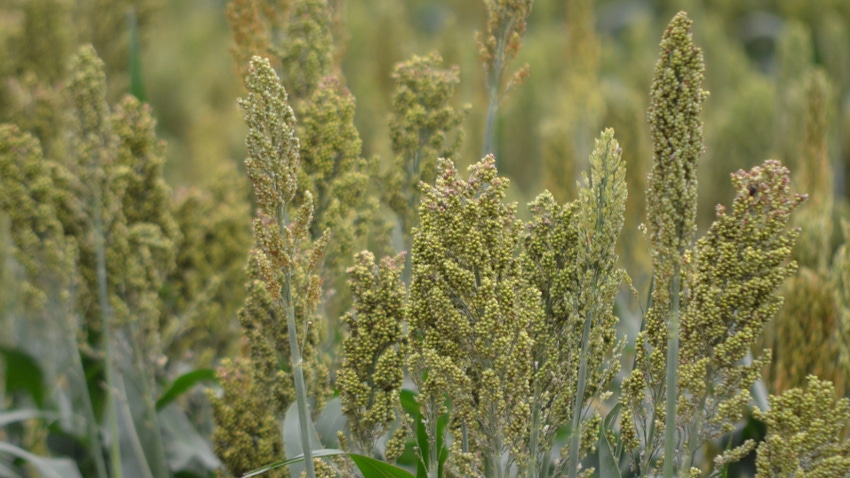
There was some movement compared to year-ago levels in the 2024 Nebraska prospective plantings report, which was released March 28 by the USDA National Agricultural Statistics Service.
Corn growers were planning to plant 9.85 million acres. That’s down 1% from last year. Soybean plantings were expected to be up by 1%, at 5.3 million acres.
But grain sorghum took a giant leap in prospective plantings, with intentions up to 400,000 acres — an increase of 18% over last year. Last year’s report showed sorghum growers’ intentions to plant only 260,000 acres, which was down 19% from 2022.
Growers actually planted 340,000 acres of sorghum in the state in 2023, with 225,000 acres harvested for grain and 40,000 acres of sorghum going into silage.
Why the increased enthusiasm for sorghum?
“I believe we are seeing an increase in sorghum due to this ongoing drought,” says Kristine Dvoracek-Jameson, Nebraska Sorghum Board executive director. “Sorghum is drought-tolerant and requires less water than other crops we typically see in Nebraska. We also are seeing more uses for sorghum since it is gluten-free, so I’m sure that is helping as well.”
Traci Zink, Nebraska Sorghum Producers Association chairwoman and a farmer from Indianola, Neb., adds, “The ability to use different herbicides and modes of action [and] the better residue coverage make sorghum more popular. Plus, it is easier to drill and plant into the following year.”
Winter wheat acres seeded last fall are estimated at 1 million, down 12% from the previous year. In a separate report, NASS rated the current winter wheat crop at 2% very poor, 4% poor, 28% fair, 54% good and 12% excellent.
Rest of the crops
All hay acreage expected to be harvested is up 3% from last year to 2.35 million acres. Dry edible beans are estimated to be planted on 115,000 acres this season, up 15%. Oat planting intentions are at 110,000 acres, down a whopping 29% from last year.
Sugarbeet growers are planning to plant 49,000 acres, up 5% from a year ago, and dry edible pea acreage is estimated at 48,000 acres — more than doubling from a year ago, up 129%.
Sunflower producers, on the other hand, are expected to plant a record-low 30,000 acres this season, down 24% from 2023. Broken down into categories, oil varieties will be planted to 25,000 acres, down 19%. Non-oil varieties will be planted to 5,000 acres, down 41% from last year.
Estimates from the NASS report were based on a survey that was conducted in early March.
Learn more at nass.usda.gov.
About the Author(s)
You May Also Like






